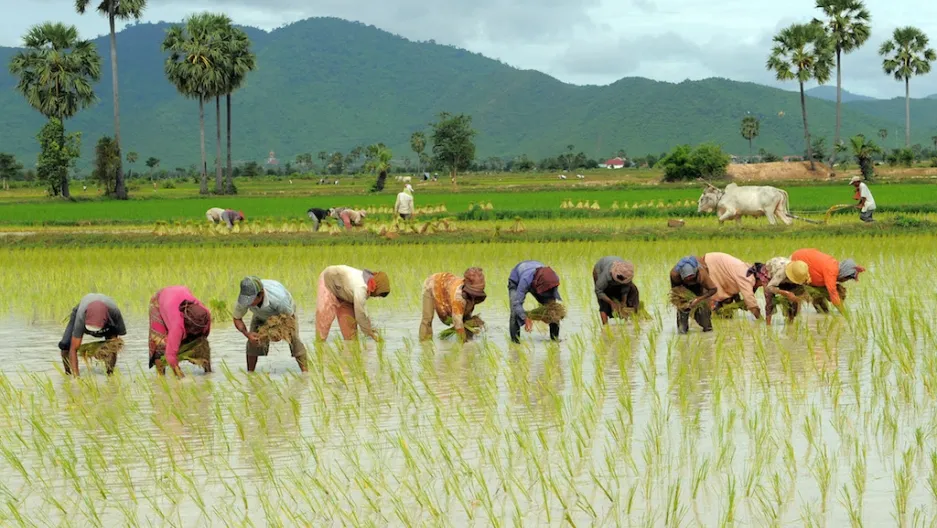Emergency water release approved as rice farms face drought threat in Sokoto and Kebbi
Amid rising anxiety among rice farmers in Sokoto and Kebbi States over dwindling water levels, the Sokoto Rima River Basin Development Authority (SRRBDA) has stepped in to assure immediate and sufficient water release across the Middle Rima Valley.
This intervention comes after reports that thousands of rice farms were at risk due to the sharp drop in downstream water flow—an alarming development during the critical dry-season farming period.
In response, SRRBDA Managing Director, Alhaji Abubakar Mallam, ordered the immediate release of irrigation water and convened an emergency strategy meeting with key officials, including Executive Director of Engineering, Mansur Khalifa, and various project heads.
The meeting focused on implementing a sustainable water management plan, especially during the pre-inflow season, when water scarcity can pose serious risks to food production.
“We cannot sit comfortably in our offices while farmers suffer,” said Mallam.
“As partners in President Bola Tinubu’s food sufficiency agenda, we must ensure that water reaches every farm and communication gaps are closed.”
MD Hits the Field: No Holiday for Food Security
Demonstrating his commitment, Mallam suspended his public holiday plans to personally inspect irrigation projects in Argungu and Birnin Kebbi. He toured rice fields in Gazawa, Infiya, Tura, and Farfajiya, engaging directly with farmers and project teams.
Abdullahi Jafar, Head of the Goronyo Dam Management, explained that water release was temporarily paused based on rainfall projections from the Nigerian Meteorological Agency (NiMet). However, he assured that the reservoir still holds enough reserves to meet all dry-season irrigation demands.
Farmers Get Reassurance from Zauro Polder Team
Adding her voice, Project Manager of Zauro Polder, Hajiya Mariya Muhammad, pledged that the new leadership under SRRBDA would provide responsive and proactive governance to protect farmers’ livelihoods. With water now flowing again, hopes are high that the Middle Rima Valley’s rice harvest can be salvaged—keeping food production on track and farmer confidence intact.

